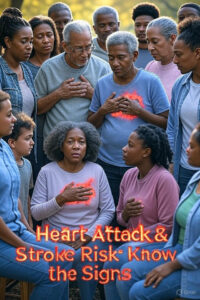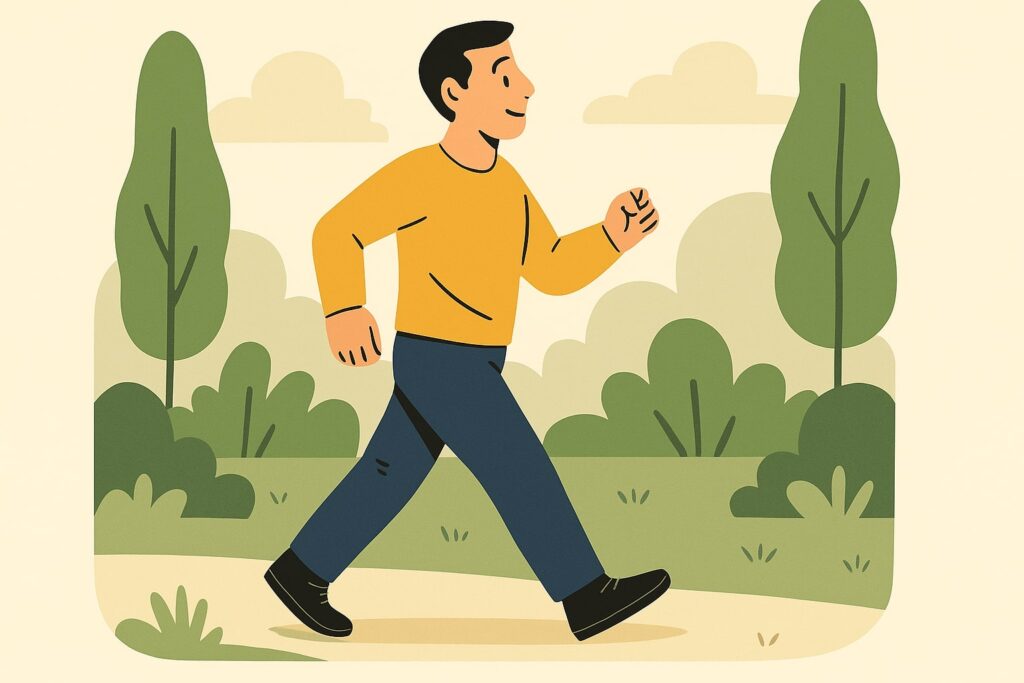Introduction
Understanding the differences between a heart attack and a stroke is crucial. Both are serious emergencies but affect different organs. A heart attack hits the heart, while a stroke impacts the brain. Knowing the risk factors can make a big difference. High blood pressure, diabetes, and smoking increase these risks. Maintaining a healthy lifestyle can help reduce heart disease chances. Imagine the heart and brain as best friends. When one is in trouble, the other can be affected too. When symptoms arise, quick action is key. Always be ready to call for help. With awareness, we can better handle these emergencies and reduce risks.
Key Takeaways
-
Heart attacks affect the heart, while strokes impact the brain. Both are serious emergencies.
-
Common risk factors include diabetes, smoking, and high blood pressure.
-
Recognizing symptoms and acting fast can save lives.
-
Lifestyle changes can reduce heart disease and stroke risks.
-
Prevention and awareness are crucial to managing these emergencies.


Understanding the nature and potential impact
Exploring the balance between heart and stroke risks involves understanding their nature and potential impact. Both conditions are major medical emergencies that require immediate attention. Diabetes is a significant contributor to these threats. The presence of high blood sugar can lead to vessel damage, directly affecting both the heart and brain.
One challenge is that symptoms can be tricky to identify. For instance, a heart attack might manifest as subtle back pain. In contrast, a stroke might cause sudden speech difficulties. High blood pressure silently exacerbates these risks. It’s like an invisible force applying constant pressure on your heart and brain.
Managing these risks is a bit like juggling flaming torches. Heart disease, heart failure, and stroke risks require a careful balancing act. High cholesterol levels can act as a ticking time bomb, waiting to cause trouble. Stay mindful and keep an eye on your vitals regularly.
To lower these risks, consider adjusting lifestyle habits. Embrace regular exercise, and adopt a balanced diet. Quitting smoking can have a profound impact on your overall well-being. Simple actions can be powerful allies in this battle.
Regular screenings and consultations with healthcare providers are crucial. These check-ups can offer insights into your current condition. They allow for early detection of potential issues, providing a safety net. Prevention and preparation are key players in this arena.
Here’s a quick look at some factors and their impact:
|
Factor |
Heart Risk Level |
Stroke Risk Level |
Combined Effect |
|---|---|---|---|
|
High Blood Pressure |
High |
High |
Very High |
|
High |
Moderate |
Significant |
|
|
Smoking |
High |
Moderate |
Considerable |
|
Cholesterol Levels |
Moderate |
High |
Substantial |
|
Physical Activity |
Low |
Low |
Low |
To summarize the various elements:
-
Diabetes increases your heart and stroke risks; manage it carefully.
-
High blood pressure silently raises the stakes for both emergencies.
-
Smoking fuels the fire, making heart and stroke risks soar.
-
Regular exercise can keep these risks in check.
-
A healthy diet supports heart and brain well-being.
-
Regular screenings provide a roadmap for managing risks.
-
Early detection can be a lifesaver, literally!
Heart failure and strokes are fierce opponents. They demand respect and vigilance. By staying informed and proactive, you’re giving yourself the best chance to combat these threats.
In the end, it’s about finding the right balance and making informed choices. Your heart and brain will thank you for it!

How risk factors differ
Balancing the risks of heart and stroke events can feel like walking a tightrope. Let’s talk about how risk factors differ for each. Heart disease often has a strong correlation with diabetes, while stroke and heart attacks both share high blood pressure as a common risk. But don’t worry, you’re not alone on this journey.
Understanding heart vs stroke risks involves a bit of detective-like investigation. Heart attacks tend to sneak up when least expected, especially if diabetes is in the mix. On the other hand, strokes often give a more dramatic entrance with sudden symptoms. It’s like a guessing game, but one you don’t want to play unprepared.
Both conditions can sound alarm bells with high cholesterol and smoking habits. These two play a mischievous role in raising your risk. Think of them as the rascals you don’t want at your party. Keeping an eye on them is crucial for preventing these medical emergencies.
Lifestyle choices can add extra layers of protection. Picture this: a balanced diet and regular exercise as your bodyguards against these threats. They help control blood pressure, keep cholesterol in check, and ward off diabetes. And, of course, they remind you to say goodbye to smoking.
Remember, routine check-ups can be your secret weapon. Regular screenings for blood pressure, cholesterol, and diabetes are like turning on the lights in a dark room. They give you clarity and let you see potential issues before they escalate.
|
Risk Factors |
Heart Disease |
Stroke |
Common Ground |
|---|---|---|---|
|
Diabetes |
✔️ |
|
✔️ |
|
High Blood Pressure |
✔️ |
✔️ |
✔️ |
|
High Cholesterol |
✔️ |
✔️ |
✔️ |
|
Smoking |
✔️ |
✔️ |
✔️ |
-
Keep a watchful eye on diabetes and manage it actively.
-
Maintain a heart-friendly diet rich in fruits and veggies.
-
Exercise regularly to keep your heart and brain fit.
-
Monitor your blood pressure and cholesterol levels.
-
Avoid smoking to reduce risk factors.
-
Stay informed about symptoms of heart and stroke emergencies.
-
Schedule regular check-ups to catch any early warning signs.
In this high-stakes balancing act, understanding the risks can be your lifesaver. Keep those bodyguards—exercise and diet—close by. They’re not just good advice but your best allies against heart and stroke risks.

Conclusion
Heart attacks and strokes don’t play favorites. They can strike anyone, anytime. Recognizing the signs can be a real lifesaver. Whether it’s a sudden chest pain or difficulty speaking, acting fast makes a difference.
Living healthy isn’t just a trend; it’s your best defense. Eating well, moving more, and kicking bad habits to the curb are powerful steps. Don’t wait for a wake-up call. Regular check-ups with your doctor can keep you on track.
Your heart and brain deserve TLC. Be proactive, not reactive. Small changes today spell brighter tomorrows. Let’s face it together—staying informed and vigilant is the best way forward. Your heart and brain will thank you!
FAQ
-
What are the main differences between a heart attack and a stroke?
A heart attack affects the heart, while a stroke impacts the brain. Both involve blocked blood flow, but their symptoms and effects differ. -
What symptoms should I watch for in a heart attack?
Look for chest pain, discomfort in the arm, and nausea. These can appear suddenly or gradually, so stay alert. -
How can I recognize a stroke quickly?
Use the FAST method: check the Face for drooping, Arms for weakness, Speech for slurring, and Time to call 911 immediately. -
What are common risk factors for both conditions?
High blood pressure, cholesterol, smoking, and diabetes are common risk factors. Regular screenings help manage these risks. -
How can lifestyle changes reduce the risk of heart attacks and strokes?
Exercise regularly, eat a healthy diet, and quit smoking. These changes can significantly lower your risk of both conditions.



